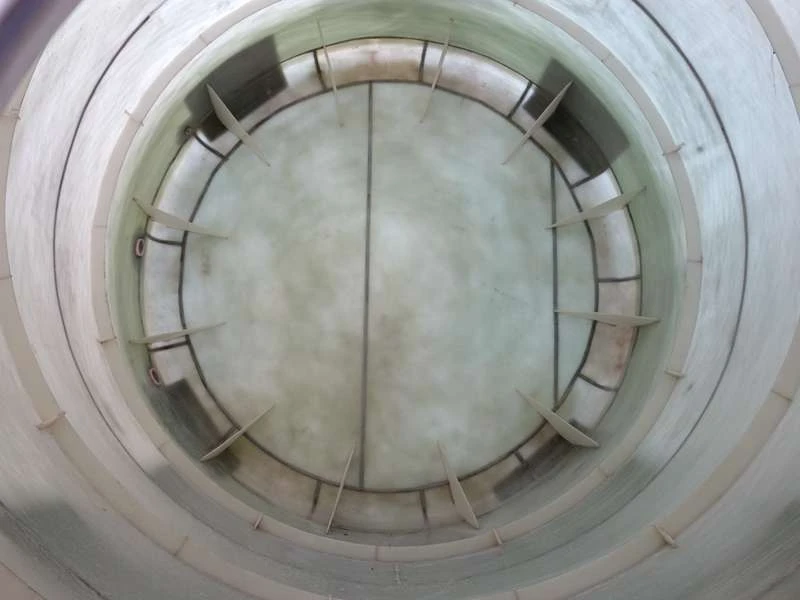
-
 Afrikaans
Afrikaans -
 Albanian
Albanian -
 Amharic
Amharic -
 Arabic
Arabic -
 Armenian
Armenian -
 Azerbaijani
Azerbaijani -
 Basque
Basque -
 Belarusian
Belarusian -
 Bengali
Bengali -
 Bosnian
Bosnian -
 Bulgarian
Bulgarian -
 Catalan
Catalan -
 Cebuano
Cebuano -
 China
China -
 China (Taiwan)
China (Taiwan) -
 Corsican
Corsican -
 Croatian
Croatian -
 Czech
Czech -
 Danish
Danish -
 Dutch
Dutch -
 English
English -
 Esperanto
Esperanto -
 Estonian
Estonian -
 Finnish
Finnish -
 French
French -
 Frisian
Frisian -
 Galician
Galician -
 Georgian
Georgian -
 German
German -
 Greek
Greek -
 Gujarati
Gujarati -
 Haitian Creole
Haitian Creole -
 hausa
hausa -
 hawaiian
hawaiian -
 Hebrew
Hebrew -
 Hindi
Hindi -
 Miao
Miao -
 Hungarian
Hungarian -
 Icelandic
Icelandic -
 igbo
igbo -
 Indonesian
Indonesian -
 irish
irish -
 Italian
Italian -
 Japanese
Japanese -
 Javanese
Javanese -
 Kannada
Kannada -
 kazakh
kazakh -
 Khmer
Khmer -
 Rwandese
Rwandese -
 Korean
Korean -
 Kurdish
Kurdish -
 Kyrgyz
Kyrgyz -
 Lao
Lao -
 Latin
Latin -
 Latvian
Latvian -
 Lithuanian
Lithuanian -
 Luxembourgish
Luxembourgish -
 Macedonian
Macedonian -
 Malgashi
Malgashi -
 Malay
Malay -
 Malayalam
Malayalam -
 Maltese
Maltese -
 Maori
Maori -
 Marathi
Marathi -
 Mongolian
Mongolian -
 Myanmar
Myanmar -
 Nepali
Nepali -
 Norwegian
Norwegian -
 Norwegian
Norwegian -
 Occitan
Occitan -
 Pashto
Pashto -
 Persian
Persian -
 Polish
Polish -
 Portuguese
Portuguese -
 Punjabi
Punjabi -
 Romanian
Romanian -
 Russian
Russian -
 Samoan
Samoan -
 Scottish Gaelic
Scottish Gaelic -
 Serbian
Serbian -
 Sesotho
Sesotho -
 Shona
Shona -
 Sindhi
Sindhi -
 Sinhala
Sinhala -
 Slovak
Slovak -
 Slovenian
Slovenian -
 Somali
Somali -
 Spanish
Spanish -
 Sundanese
Sundanese -
 Swahili
Swahili -
 Swedish
Swedish -
 Tagalog
Tagalog -
 Tajik
Tajik -
 Tamil
Tamil -
 Tatar
Tatar -
 Telugu
Telugu -
 Thai
Thai -
 Turkish
Turkish -
 Turkmen
Turkmen -
 Ukrainian
Ukrainian -
 Urdu
Urdu -
 Uighur
Uighur -
 Uzbek
Uzbek -
 Vietnamese
Vietnamese -
 Welsh
Welsh -
 Bantu
Bantu -
 Yiddish
Yiddish -
 Yoruba
Yoruba -
 Zulu
Zulu
Exploring Limestone Formations Through Drilling Techniques for Geological Study and Resource Assessment
Drilling into Limestone Formations for Exploration
Limestone formations provide a wealth of resources and opportunities for exploration, particularly in the fields of mineral extraction, oil and gas development, and groundwater sourcing. As a sedimentary rock primarily composed of calcium carbonate, limestone is found in various geological settings around the world. The process of drilling into limestone formations requires specific techniques and considerations due to the rock's unique characteristics and the associated geological structures.
Understanding Limestone Formations
Limestone is formed from the accumulation of marine organism remains, chemical precipitation of calcium carbonate, and other geological processes occurring over millions of years. Its layered structure often includes fossils and may be interspersed with other types of rock, such as dolomite and shale. These formations can be rich in various resources, including hydrocarbons, minerals, and fresh water. Consequently, they have become focal points for exploration activities.
Another notable aspect of limestone formations is their susceptibility to weathering and erosion, particularly in regions where acidic waters are present. This erosion can lead to the development of karst landscapes, characterized by sinkholes, caves, and unique topographical features. Understanding these geological conditions is crucial for successful drilling and exploration.
Drilling Techniques
When drilling into limestone formations, several techniques can be employed depending on the exploration goals. The most common method is rotary drilling, which uses a rotating drill bit to break through the rock. This technique is effective in penetrating limestone due to its relatively moderate hardness compared to other types of rocks.
Additionally, the use of water or drilling mud is essential in the drilling process. Water helps to cool the drill bit and carry cuttings away from the hole, preventing blockages and ensuring efficient drilling. Drilling mud, which can include various additives, serves similar purposes and also helps to maintain the stability of the borehole.
In specific scenarios, especially when targeting deeper limestone reservoirs or complex geological formations, advanced techniques such as directional drilling or hydraulic fracturing may be implemented. Directional drilling allows operators to steer the drill bit horizontally to reach reservoirs that would otherwise be inaccessible, while hydraulic fracturing creates fractures in the rock to enhance fluid flow, increasing production rates.
drilling into limestone formations for exploration and

Environmental Considerations
While drilling into limestone formations can yield valuable resources, it is imperative to balance exploration activities with environmental protection. The potential for groundwater contamination, habitat destruction, and landscape alteration necessitates careful planning and adherence to regulatory frameworks.
Pre-drilling assessments, including geological surveys and environmental impact assessments, are critical to identify potential risks associated with the drilling process. Implementing sustainable practices, such as minimizing surface disturbance and using closed-loop drilling systems, can help mitigate adverse environmental impacts.
Moreover, ongoing monitoring during and after drilling activities ensures that any unforeseen consequences are promptly addressed, further safeguarding local ecosystems and communities.
Future Exploration and Challenges
As the demand for natural resources continues to grow, the exploration of limestone formations becomes increasingly important. Emerging technologies, such as enhanced oil recovery techniques and renewable energy alternatives like geothermal energy from limestone reservoirs, present new opportunities for resource extraction.
However, challenges such as fluctuating market conditions, regulatory changes, and public opposition to drilling projects require adaptability and innovation. Striking a balance between resource extraction and sustainability will shape the future of exploration in limestone formations.
Conclusion
Drilling into limestone formations is a complex and multifaceted endeavor that requires a deep understanding of geological characteristics, efficient drilling techniques, and a commitment to environmental stewardship. As exploration efforts evolve, tapping into the potential of limestone formations presents both challenges and opportunities, making it a critical area for ongoing study and development in the resource extraction industry. The next decade will likely see significant advancements in technology and methods, enabling more sustainable practices and maximizing resource potential in these rich geological formations.









